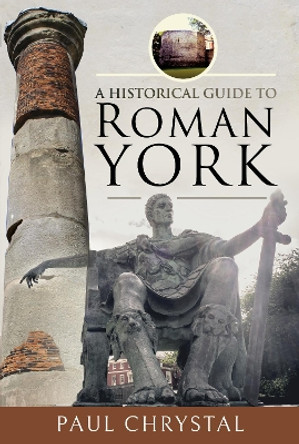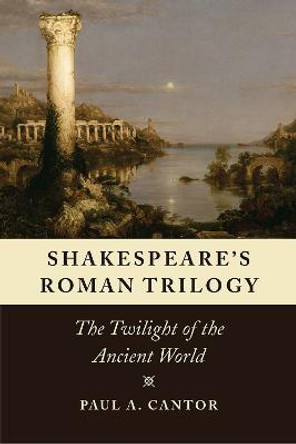Description
How the notion of unique eras influenced the Roman view of time and the narration of history from various perspectives.
The Victorian Era. The Age of Enlightenment. The post-9/11 years. We are accustomed to demarcating history, fencing off one period from the next. But societies have not always operated in this way. Paul Hay returns to Rome in the first century BCE to glimpse the beginnings of periodization as it is still commonly practiced, exploring how the ancient Romans developed a novel sense of time and used it to construct their views of the past and of the possibilities of the future.
It was the Roman general Sulla who first sought to portray himself as the inaugurator of a new age of prosperity, and through him Romans adopted the Etruscan term saeculum to refer to a unique era of history. Romans went on to deepen their investment in periodization by linking notions of time to moments of catastrophe, allowing them to conceptualize their own epoch and its conclusion, as in the literature of Vergil and Horace. Periodization further introduced the idea of specific agents of change into Roman thought-agents that were foundational to narratives of progress and decline. An eye-opening account, Saeculum describes nothing less than an intellectual and cognitive revolution, that fundamentally reorganized the meanings of history and time.
About the Author
Paul Hay is a visiting assistant professor in Classics at Hampden-Sydney College. He has published articles in Classical Journal, New England Classical Journal, and Syllecta Classica.
Reviews
There is much more in the book that cannot be covered in this review . . . It is well written with a clear argument that temporal periodisation mattered to the Romans in the first century BCE, prefiguring the 'Augustan Age' (on which there is much discussion) . . . The book is worth reading to open your mind to the concept of the Romans taking action with a view to a future that would last beyond their own lifetime. * The Classical Review *
Saeculum covers a wealth of passages and themes, drawing on that is impressively wide-ranging in time and medium... In one of the most original and suggestive parts of the book, Hay uncovers how Agrippa used his renovation of Rome's sewers to associate himself with the culture hero Hercules mucking out the stables of Augeas...a well-produced volume. * Bryn Mawr Classical Review *
Book Information
ISBN 9781477327395
Author Paul Hay
Format Hardback
Page Count 280
Imprint University of Texas Press
Publisher University of Texas Press
Weight(grams) 567g
Dimensions(mm) 229mm * 152mm * 28mm








